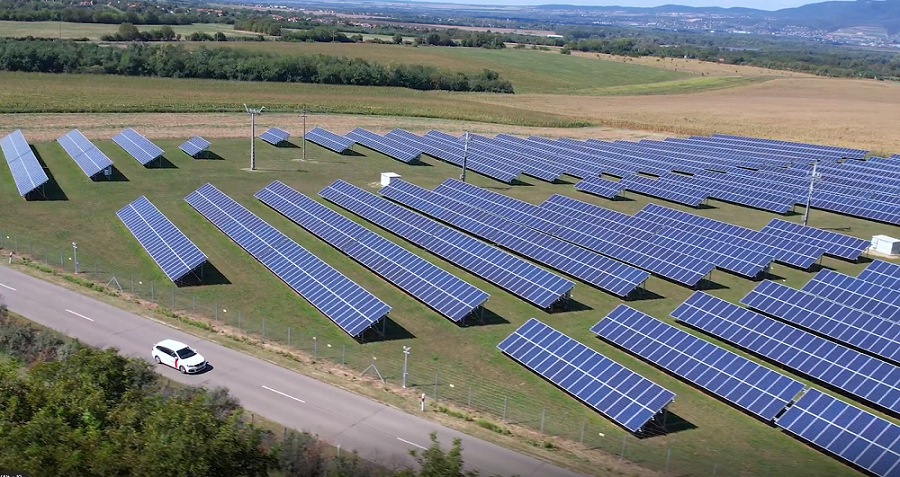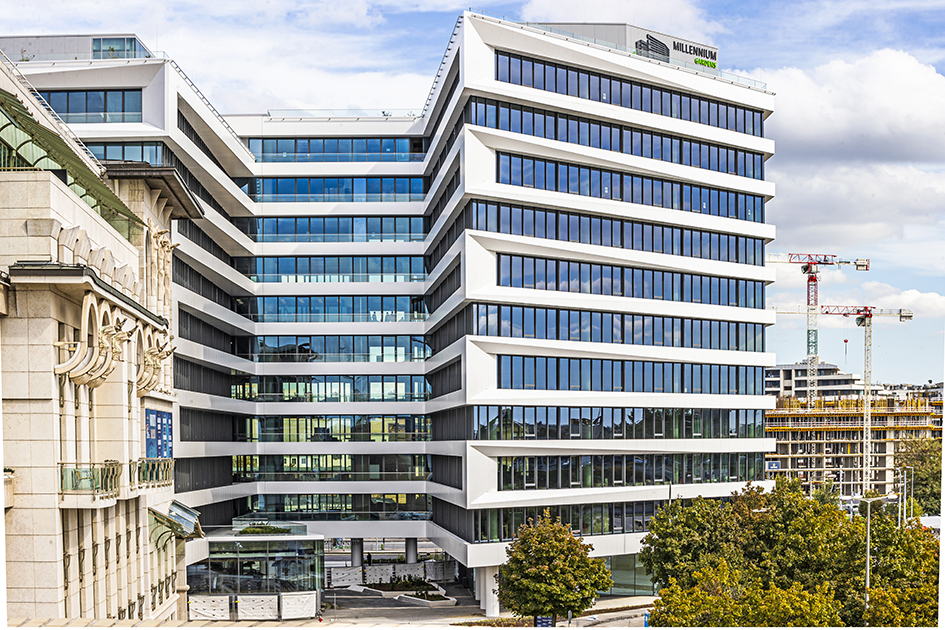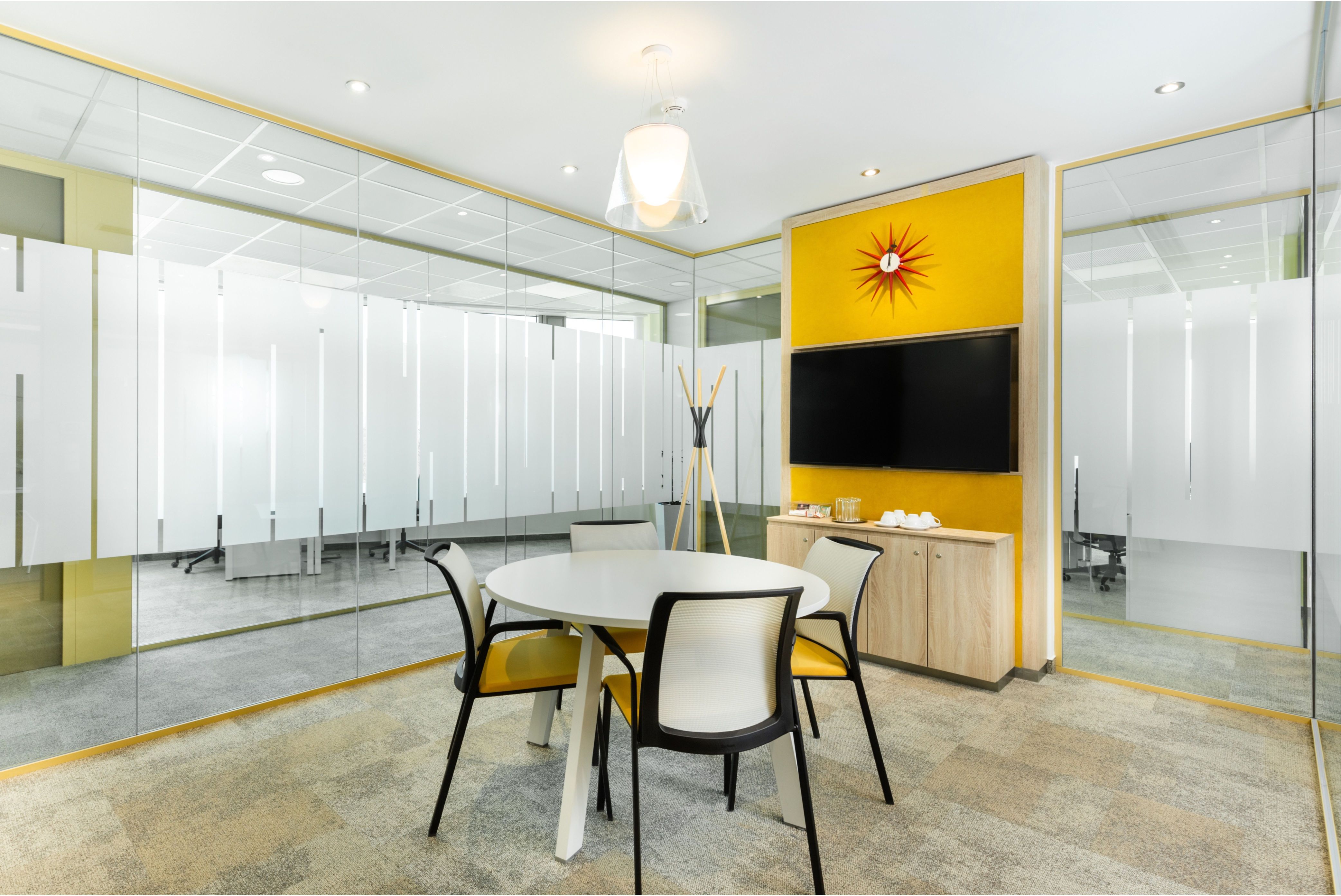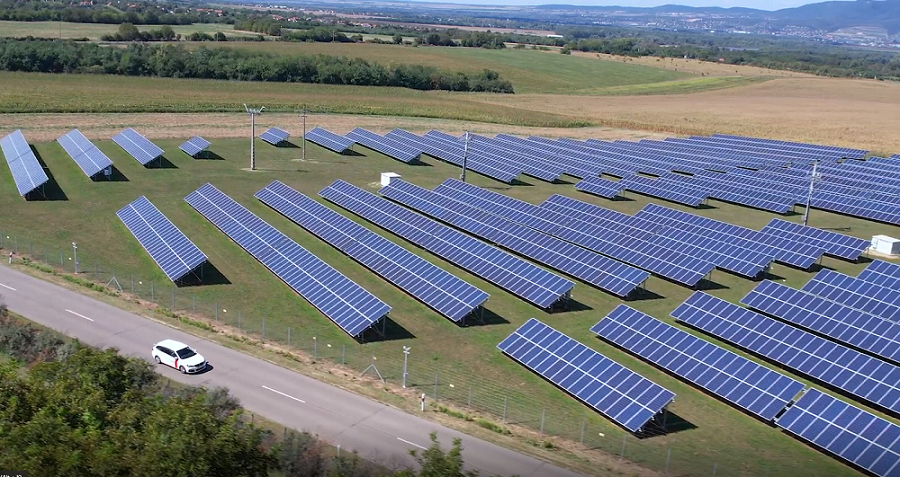3rd-party Accreditation Setting the Standards for Office Interiors
An interior view at H2Offices in Budapest by developer Skanska.
Office interiors are now an intrinsic part of the project concept, design, leasing strategy, and property and facility management of building developments. That comes in reaction to tenant (and, in turn, staff) demands and increasingly stringent ESG national and EU environmental regulations.
The design, development, and PM and FM of offices increasingly align with third-party sustainability accreditation organizations. That means they must consider the office environment, layout and design, the provision of amenities, and the internal atmosphere. The perceived well-being of staff is seen as aiding employee retention and boosting productivity.
“The tools attracting employees back to the office include the design of the office interior and the variety of services offered. At GTC, we believe that landlords also have the responsibility and opportunity to influence our tenants when designing office interiors,” comments Zsolt Berényi, development director at GTC Hungary, reflecting the point of view of a developer.
“In this regard, the market needs a change of perspective. We, as landlords, must take an active role in supporting our tenants during the design of the office interior, to create a more liveable office environment. With this, we help their employees to return to the offices. We also believe in the power of community, for which the interior of the office is fundamentally important,” he adds.
This can be seen as a combination of market pressure, sustainability regulations, and tenant expectations exerting influence on developers and building owners to meet the demands of tenants and staff. From the tenant perspective, Valter Kalaus, managing partner at Newmark VLK Hungary, argues that tenants require flexibility.
“Some of the leased space should be devoted to multiple functions. This requires more mobile furniture and supporting infrastructure. Further, the initial layout should be variable to minimize the costs of future changes. Amenities should involve outdoor facilities such as an internal garden, fitness corner, and even sun beds or quiet rooms for relaxing,” he says.
Fractured old Models
The pandemic has fractured old operating models, and new habits have appeared, particularly with the comprehensive adoption of home office. Firms have recently started carefully appraising their opportunities for upgrading their buildings to create desirable places for returning employees. These workplaces have to be outstandingly convenient and sustainable, giving a superior working experience to gain engagement of employees, while at the same time lowering costs, according to Károly Dömötör Makk, head of leasing at TriGranit.
“The office is now shifting from a variety of space types to a collaborative, hospitality-driven environment; buildings that satisfy the need for human connection will have a competitive advantage. The office needs not only to prioritize safety, health, and comfort as a foundation but also support overall well-being by reducing stress and anticipating needs,” he says.
“There are many opportunities for programming to support healthy behaviors through access and opportunities, pop-up areas to provide flu shots and mental health counseling, as well as resolvable small group fitness classes in the office that can be projected via Zoom to employees that are working remotely,” Makk adds.
Sustainability accreditation from an independent, third-party sustainability organization such as the U.K.-based Breeam or the U.S.-based Leed and, increasingly, Well, have a range of requirements regarding interiors. These are now increasingly the norm for a development and a basic expectation for tenants, staff, and investors at the higher end of the Hungarian office market.
In Budapest, five office buildings are Well “Core”-certified, representing almost 100,000 sqm of space. A further 300,000 sqm is Well “pre-certified,” Well “Health-Safety Rated,” or enrolled in the Well program.
“Compared to the four million sqm of modern space in the Hungarian capital, this is a remarkable rate, taking into consideration that the Well Building Standard is not yet 10 years old,” comments Regina Kurucz, an architect and assessor for the accreditation system.
“According to my view, a big challenge will be to convince office managers of the need for quiet spaces for relaxation and private phone calls. Relaxing areas help to reduce stress and improve work quality,” she explains.
“The Well Building Standard can help companies attract and keep the best workforce. I think this is an invaluable accomplishment when it is scarce,” Kurucz adds.
Energy Upgrades
Berényi of GTC Hungary sees the redevelopment and energy upgrade of existing office buildings as essential.
“It is probably more difficult, as the tenants are actively using the buildings during the refurbishment works. Through the refurbishment and energy upgrade of an existing building, we are repositioning it and making it more competitive in the office market,” He says.
“As the result of the refurbishment works, the buildings can improve their green or ESG qualifications and reduce costs for the tenants. We are highly improving the energy efficiency of our office buildings with significant technical improvements at Centerpoint, Váci Greens D, and Duna Tower. Our goal is to make the operating and energy costs of our buildings predictable and calculable for our tenants,” Berényi notes.
Development plans in the office market have been cooled down by elevated and unstable construction costs and high financing costs, but that does not mean there is no activity out there, industry players insist.
“The demand for attractive office space is very high. Employers, wanting to motivate teams to return to the office, arrange increasingly interesting and friendly workspaces. In turn, companies can look at whether there is a plan to reduce maintenance fees in the building where they decide to locate their office,” argues Avison Young.
“They [companies] can analyze the landlord’s ideas for reducing the service prices that make up the operating costs. This is a very important issue, for owners and tenants, in the context of the economic changes we face. Both parties should openly communicate on this issue to be aware of, and convinced, that all expenses are economically justified,” concludes the commercial real estate firm.
This article was first published in the Budapest Business Journal print issue of May 5, 2023.
SUPPORT THE BUDAPEST BUSINESS JOURNAL
Producing journalism that is worthy of the name is a costly business. For 27 years, the publishers, editors and reporters of the Budapest Business Journal have striven to bring you business news that works, information that you can trust, that is factual, accurate and presented without fear or favor.
Newspaper organizations across the globe have struggled to find a business model that allows them to continue to excel, without compromising their ability to perform. Most recently, some have experimented with the idea of involving their most important stakeholders, their readers.
We would like to offer that same opportunity to our readers. We would like to invite you to help us deliver the quality business journalism you require. Hit our Support the BBJ button and you can choose the how much and how often you send us your contributions.











